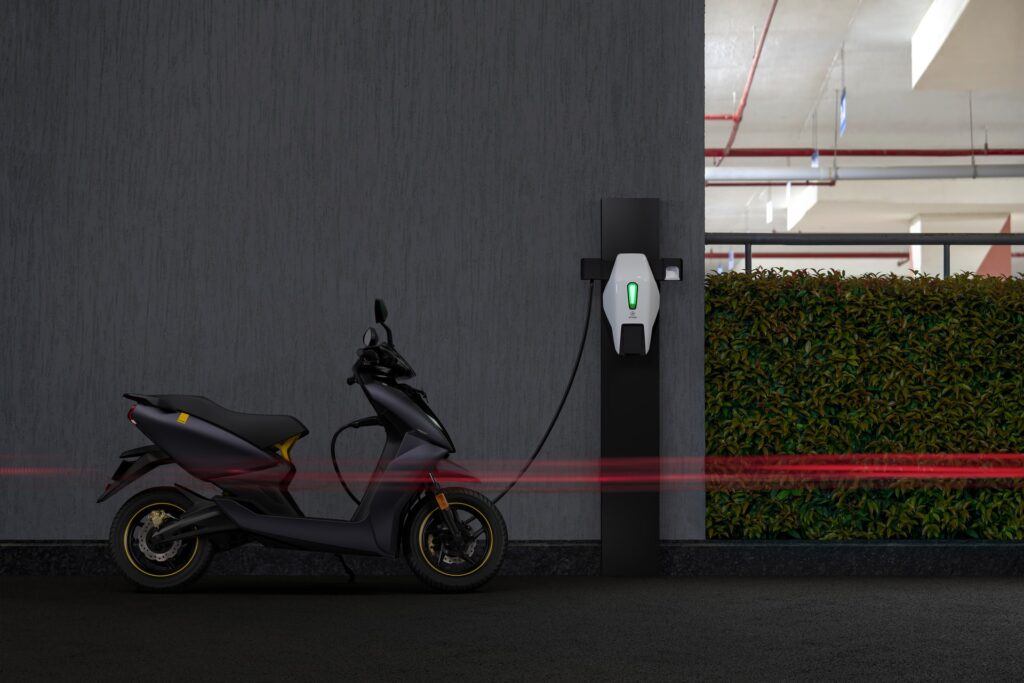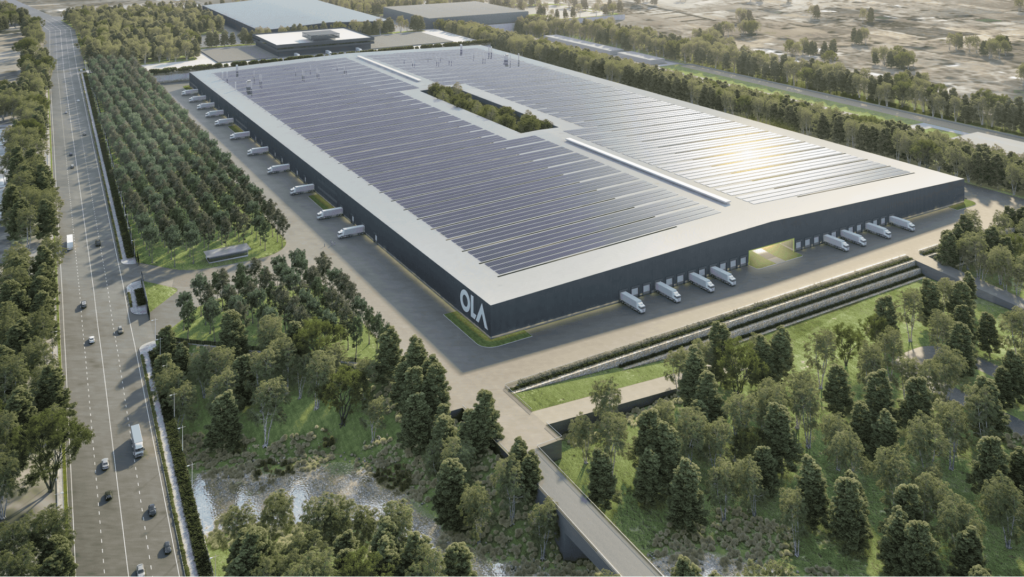|
Getting your Trinity Audio player ready...
|
I remember the days when I used to see slow-poke electric vehicles (EV) moving noiselessly on the roads with a maximum speed of 20km/hr. Then Elon Musk came and changed the way we looked at electric vehicles.
Although Musk didn’t create the first Tesla car, he popularized it and made the world believe that electric cars can be sexy instead of boring. This inspired several companies to invest in the EV industry.
One such company is Ola Electric Mobility, which was founded in 2017 in Bangalore, India. Ola originally began as a ride-hailing service that operates in India, the United Kingdom, Australia and New Zealand with operations in over 250+ cities. The company then invested heavily to spin off its current operations in the EV industry as Ola Electric Mobility.

In 2021, Ola Electric launched two models of EV scooters, S1 and S1 Pro, in India for a showroom price of just ₹99,000 ($1330 approx.) and ₹129,000 ($1730 approx.). What strikes me is that the high-end variant of the iPhone 13 Pro Max with 512GB 6GB RAM costs $1399.
The scooters were pre-ordered more than 90,000 units in one window and it is now dubbed as ‘The Tesla of Scooters’ by many. In fact, they crossed ₹1100Cr ($1.46 billion) in sales in 2 days.
The scooter has a 3.9 kWh battery that can be charged in 6 hours using a 750W portable charger. Furthermore, Ola Supercharger allows users to charge their scooters up to 50% in just 18 minutes. On a full charge, the S1 Pro has a range of around 181 km, while the S1 has a range of approximately 120 km. The scooters, which come in ten different colours, can reach 40 km/h in three seconds.
Many people feel that Ola Electric’s bookings’ invite for its first product has been so successful due to the minimal sum of ₹499 to reserve a unit. The amount is also refundable, as it is even less than the monthly price of a standard plan for Netflix.

Rewind to less than two years ago, when Tesla unveiled its Cybertruck and began accepting reservations. The EV behemoth began accepting deposits as little as $100 for an EV, billed as a competent pick-up with the performance of a sportscar.
Although bookings may not always result in sales, they are a significant indicator.
Ola Electric’s only problem would have been scalability but they have been planning this for years now. Their huge plant in Tamil Nadu, which is currently under development, is nearing completion and will initially produce two million units per year. In the next years, the amount will rise to 10 million every year. It will be known as ‘Ola FutureFactory’, and it will also serve as a foundation for exports to global markets.

This factory is obviously inspired by Tesla’s GigaFactory(s) across the world. These factories have the capacity of driving out at least 400,000 units of EVs every year, which is incredibly massive and ambitious.
Bhavish Aggarwal, Ola Electric’s CEO has said the company will continue expansion plans, including into new global markets such as France, Italy, Germany, United Kingdom and Spain.
In another tweet, Bhavish said that the scooters may ship in the US by 2022.
It would be interesting to see at what price these EV scooters sell in the huge market of the United States. India’s other popular motorbike company, Royal Enfield, has been a humongous success in the States, Australia, New Zealand, and even in Europe and Latin America.
While it may look silly to compare Ola Electric to Tesla, the point is that there are parallels in ambitions, business strategies, and the scale at which it wants to develop in international markets. Whatever the situation may be, I hope it is a win for renewable energy since the overuse of fossil fuels over decades has put all species in the world in peril.
If you enjoyed reading this, you might also find the below articles worth your time.




Comments are closed.